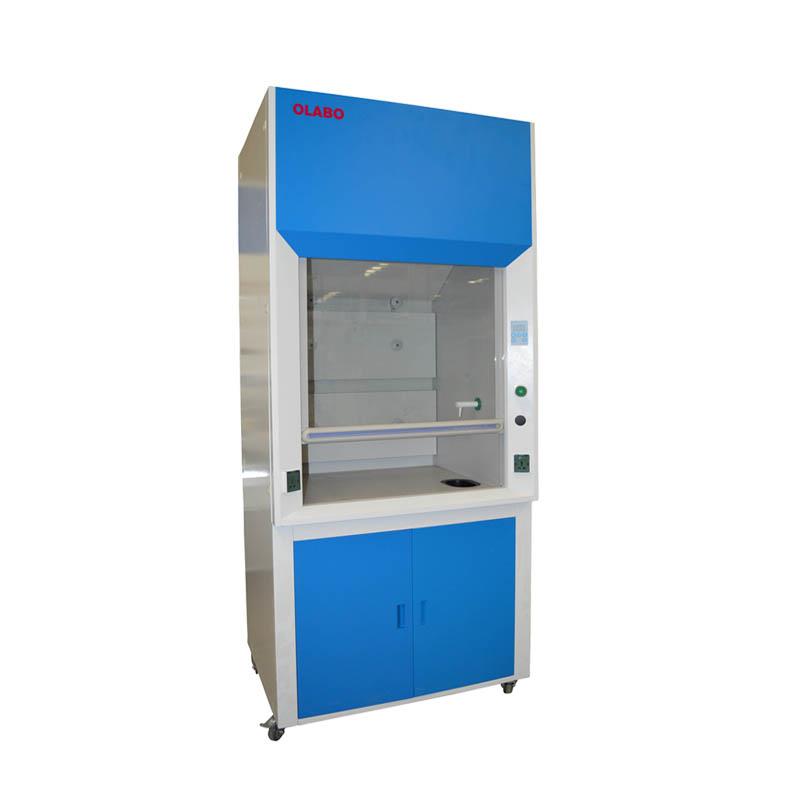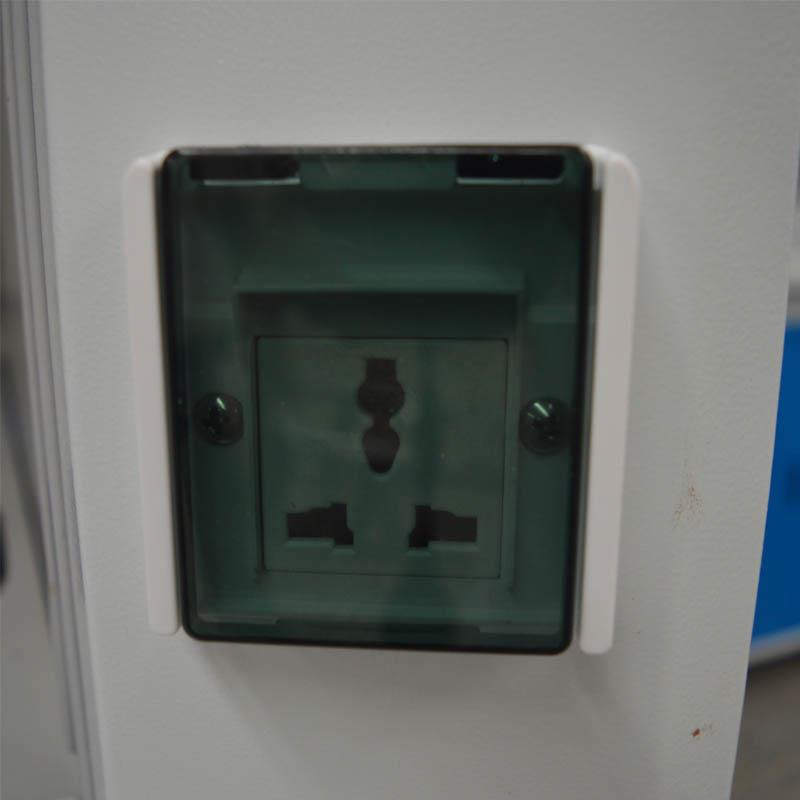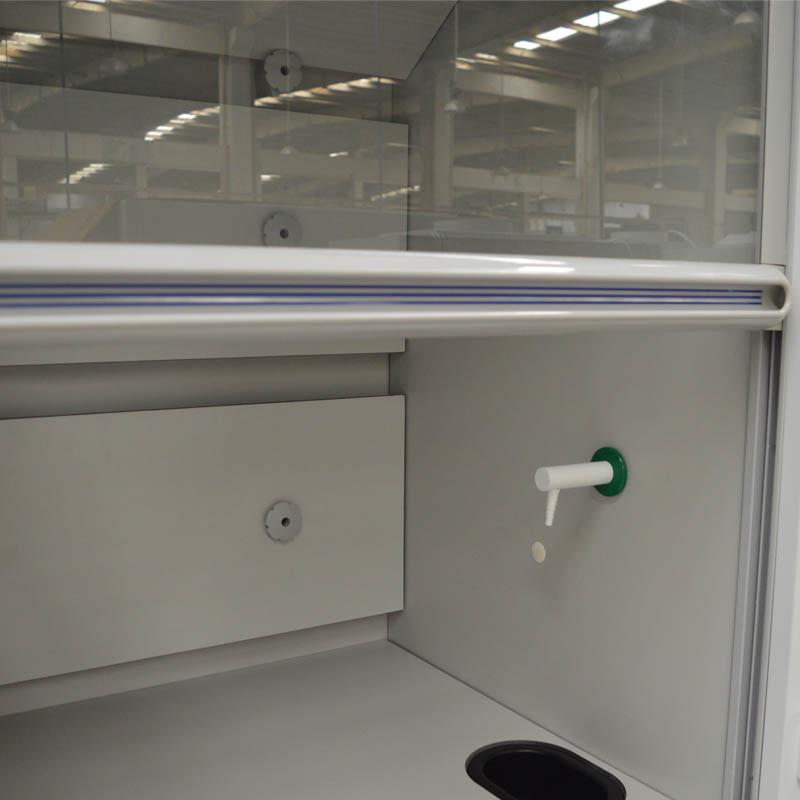2020/12/7 16:02:23
Fume hoods are the most commonly used local exhaust equipment in the laboratory. There are many types. Due to their different structures and different conditions of use, their exhaust effects are also different. The good performance of the fume hood mainly depends on the speed of air movement through the fume hood.
It is divided into three types: upper exhaust type, lower exhaust type and simultaneous upper and lower exhaust type. In order to ensure uniform wind speed in the work area, the lower exhaust type should be adopted for the fume hood in the cold process, and the upper exhaust type should be adopted for the fume hood in the hot process. For the process of unstable heat generation, exhaust outlets can be set up and down along with the cabinet. The change of internal heat generation adjusts the ratio of the upper and lower exhaust air volume, so as to obtain a uniform wind speed.
Variable air volume fume hood: The ordinary constant air volume system requires manual adjustment of the air valve with fixed blades and the exhaust air volume of the fume hood. When the valve is adjusted to a certain angle, the desired surface wind speed is reached. Variable air volume control is to change the air volume to a given surface wind speed by adjusting the sensor of the valve. Of course, the standard type has low cost and high variable air volume cost, which is suitable for occasions requiring high precision.


